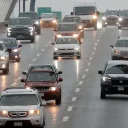

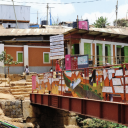
Putting local communities at the center of public space making in informal settlements
The Kounkuey Design Initiative (KDI) collaborates with local community groups to transform underutilized risk-prone spaces in Kibera into a resilient and productive network of public spaces. This network of public spaces – comprising toilets, multipurpose...Read more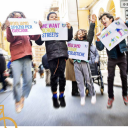
How to implement ‘School Streets’ safely in our cities
A leading cycling advocacy body has published guidance outlining some of the key benefits of ‘School Streets’ and how they can best be implemented on a global scale.Read more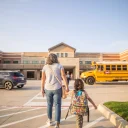
US ‘Safe Routes to School’ programmes benefit from new funding
The US Government has announced a mammoth cash award of over $800 million USD for making the country’s streets safer, including dedicated ‘Safe Routes to School’.Read more
Electric school buses can fight – or further – inequity in the US
More than 20 million students in the United States ride school buses every year. This equals approximately seven billion trips per year, making school buses one of the most widely used forms of public transport in the United...Read more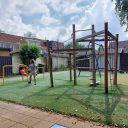
Outdoor play: benefits, influencing factors and actual behaviour of kids
More and more municipalities are, fortunately, working on play-friendly public spaces. However, many policy visions and investments are still based on assumptions made by municipal officials or suppliers of play equipment. This is partly because...Read more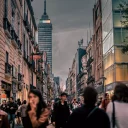
How to make living in cities healthier for everyone
Clapham in South London is known for its Common, an area of greenery that’s popular with joggers and children alike. But in two neighbourhoods in the district, there’s a huge difference in life expectancy, with...Read more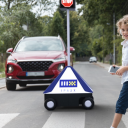
Crossing the road just got easier – thanks to Artificial Intelligence
The robots are coming…to a school crossing near you. Read more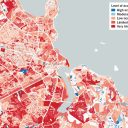
How higher quality data can help improve urban planning and reduce inequities
Local-level, high-quality data can provide powerful insights for urban planning and lead to better policies on mobility, climate adaptation, gender equity and more. But only if the inputs are good and there’s enough capacity to analyse it effectively.Read more
U.S. cities’ collaboration aims to give all children access to nature
A further 15 cities have joined a national peer network of 32 other U.S. cities committed to increasing access to nature for all children, irrespective of their ability, race or family income.Read more
‘Inspired’ – what you said about Child in the City Dublin 2022
If Making Connections was indeed the theme and aim of our Child in the City World Conference, then Dublin delivered on every level possible. Read more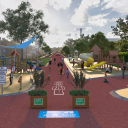
Cars have taken over our neighbourhoods. Kid-friendly superblocks are a way for residents to reclaim their streets.
You might remember your time as a child playing outdoors with friends and walking to school. These activities had tremendous benefits for our health and development.Read more
Child in the City Dublin 2022 – who are our expert speakers?
In just a few weeks’ time we will be welcoming you to our flagship Child in the City World Conference 2022 – and it promises to be an outstanding event for sharing knowledge and expertise.Read more
Cities with more vegetation mean ‘better health behaviours’ in children
Areas of cities with more vegetation, higher density of buildings and facilities, lower population density and fewer major roads are associated with better health behaviours in children. Those are the findings of a conclusion of a...Read more
Australia: What is the ‘neighbourhood influence’ on early childhood development?
Researchers in the Australian state of Victoria have received funding to look further into how where a child lives and plays can have an impact on their future health and wellbeing. The team at the Centre...Read more